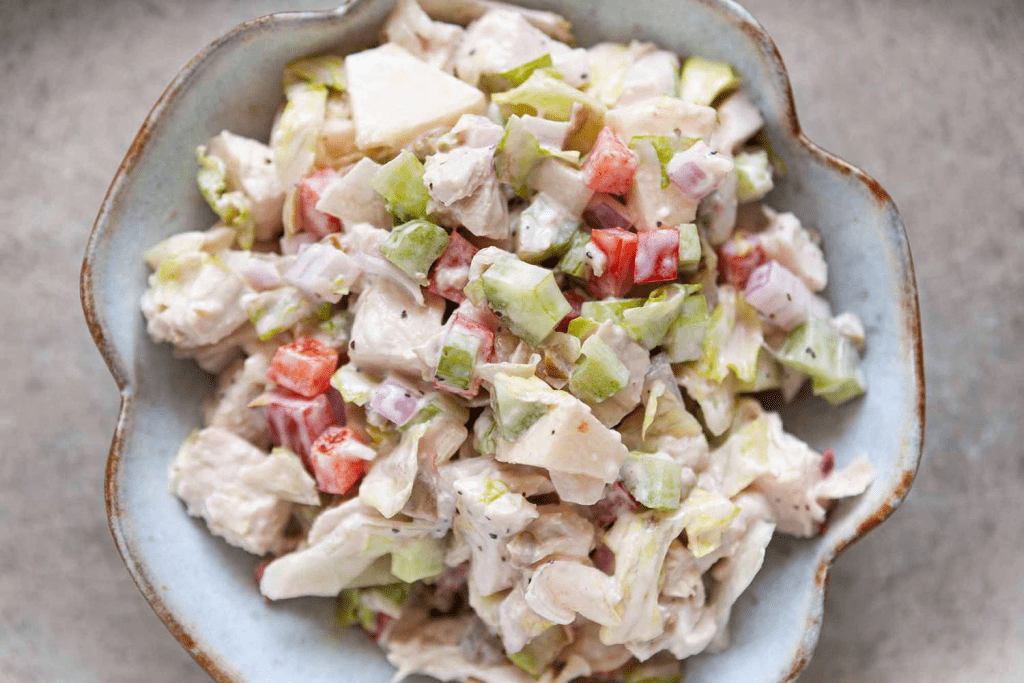Food safety plays a crucial role in ensuring our health and well-being, yet it’s often something we overlook in our daily lives. Knowing how long certain foods can last at room temperature is key to avoiding foodborne illnesses. Leaving foods out for too long can lead to bacterial growth and spoilage, putting you and your family at risk. This article will highlight 20 common foods and how long they remain safe at room temperature, providing you with essential information to keep your meals safe and nutritious.

1. Eggs
Fresh eggs can safely sit at room temperature for about 2 hours. After this, they become susceptible to bacteria like Salmonella, which can cause food poisoning. It’s best to refrigerate eggs as soon as possible to prevent contamination.
2. Milk
Milk can stay out for no more than 2 hours before it begins to spoil. Once it reaches room temperature, bacteria multiply rapidly, which can lead to souring and unsafe consumption. Always refrigerate milk immediately after use.
3. Cooked Rice
Cooked rice is particularly prone to bacterial contamination, especially from Bacillus cereus. It should not be left out for more than 2 hours at room temperature to avoid potential health risks.
4. Bread
Bread can last at room temperature for up to 4 days, depending on the environment. In humid conditions, bread may start to mold sooner, so it’s best to store it in a cool, dry place.
5. Cheese
The type of cheese matters when considering how long it can sit out. Hard cheeses like cheddar can last up to 8 hours, while soft cheeses, such as brie or cream cheese, should not be left out for more than 2 hours.
6. Pizza
Leftover pizza can sit out at room temperature for up to 2 hours before it becomes unsafe to eat. After this, it’s best to refrigerate or discard any leftovers.
7. Butter
Butter can safely stay at room temperature for 1 to 2 days due to its low moisture content, which helps prevent bacterial growth. However, keeping it in a cool, dark place is best to maintain freshness.
8. Fresh Fruit
Most fresh fruits can last for 1 to 3 days at room temperature. Bananas ripen more quickly, while fruits like apples can stay fresh for up to a week. However, storing fruits in a cool place will extend their shelf life.
9. Cooked Chicken
Cooked chicken is highly prone to bacterial growth and should not be left out at room temperature for more than 2 hours. Always refrigerate or freeze it if you don’t plan to eat it immediately.
10. Salads

Salads, particularly those with mayonnaise-based dressings or perishable ingredients like eggs and cheese, should be consumed within 2 hours if left at room temperature. Otherwise, bacteria can rapidly multiply.
11. Sushi
Sushi should be eaten within 2 hours of being kept at room temperature. The risk of foodborne illness increases with time, especially if the sushi contains raw fish.
12. Yogurt
Yogurt can sit out for up to 2 hours before it starts to spoil. After that, it’s recommended to refrigerate it to avoid souring or bacterial contamination.
13. Cured Meats
Cured meats, such as salami and pepperoni, can last up to 4 hours at room temperature. However, it’s best to consume them sooner to ensure maximum freshness and safety.
14. Pastries
Pastries filled with cream or custard should only be left out for up to 2 hours. Plain pastries like croissants or muffins can last 1 to 2 days at room temperature if stored in an airtight container.
15. Peanut Butter
Peanut butter has a long shelf life at room temperature, lasting up to 9 months after opening. It doesn’t require refrigeration, but keeping it in a cool place will help preserve its quality.
16. Baked Goods
Cakes, cookies, and other baked goods can typically last for 4 to 5 days at room temperature, provided they are stored in an airtight container. Moist baked goods, such as those containing fruit or cream, should be eaten sooner.
17. Chips
Unopened chips can remain fresh for 1 to 2 weeks at room temperature. Once opened, they should be consumed within a few days to prevent them from going stale.
18. Opened Jams and Jellies

Once opened, jams and jellies can last up to 1 month at room temperature, though refrigerating them will extend their shelf life and prevent mold from forming.
19. Chocolate
Chocolate can last for several months at room temperature if stored in a cool, dry place. However, excessive heat can cause it to melt or develop a white, powdery coating called “bloom,” which affects the texture but not the safety of the chocolate.
20. Canned Foods
Unopened canned foods generally have a long shelf life, lasting several years at room temperature. Once opened, however, they should not be left out for more than 2 hours. Any leftovers should be transferred to an airtight container and refrigerated.
Conclusion: Stay Informed to Stay Safe
Understanding the shelf life of foods at room temperature is a crucial part of food safety. While some items can last longer than others, it’s essential to know when to refrigerate or discard foods to avoid foodborne illness. By following the guidelines in this article, you can ensure the safety and quality of the meals you prepare for yourself and your family. Always remember to prioritize food safety by storing foods properly and consuming them within safe timeframes.


